I originally visited Deoksugung because I wanted to see their traditional changing of the guard ceremony, but when I showed up, there was a sign saying the ceremony had been canceled and hundreds (literally) of police officers were sitting in front of the main gates. The palace was still open though, so I sidled through the crowd and went to take a look.
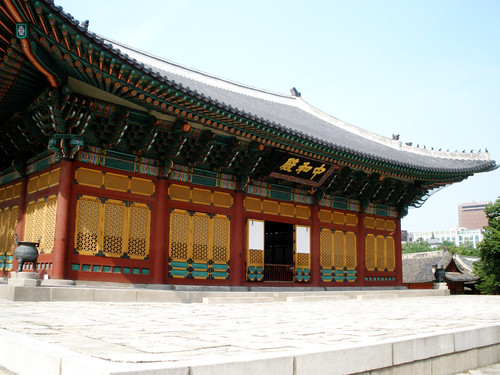
Junghwajeon Hall was the main throne hall of Deoksugung. It's a new building, only built in 1902. King Gojang would have conducted official state affairs and greeted foreign dignitaries here.
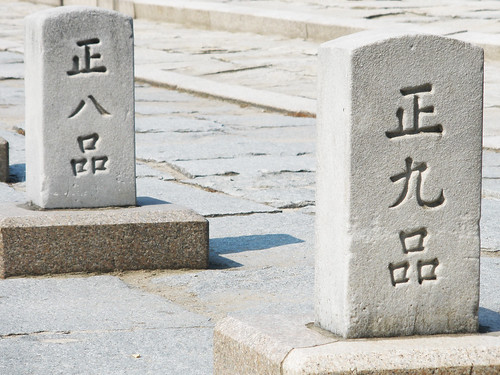
In front of Junghwajeon Hall are two lines of court stones. Court stones are engraved stone tablets that indicate where each civil and military official of the court was to stand during official ceremonies.
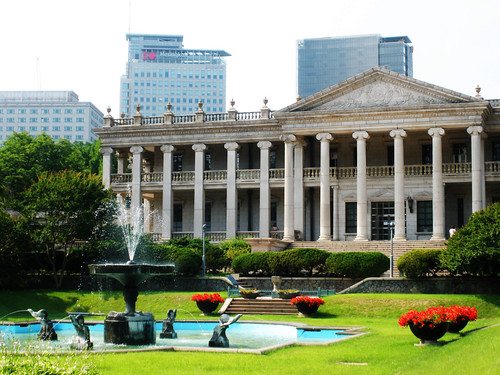
Seokjojeon is a western style building next to Junghwajeon Hall, built in an attempt to modernize the Great Han Empire. It was completed in 1910 and housed the emperor's sleeping quarters and audience hall. It was a bizarre juxtaposition; this neoclassical building surrounded by traditional Korean architecture.
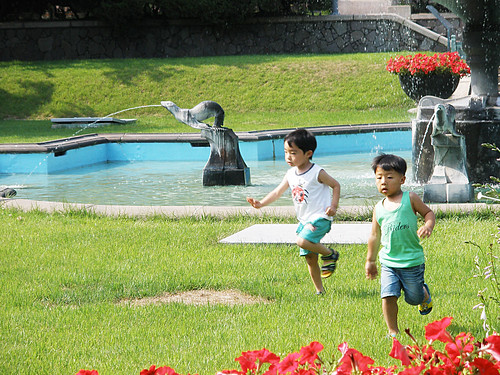
The grassy area in front of the fountain was off limits, but that didn't stop the children from exploring the fountain. A whole pile of them hopped over the rope fence to get a look and enjoy running around in the fresh grass.
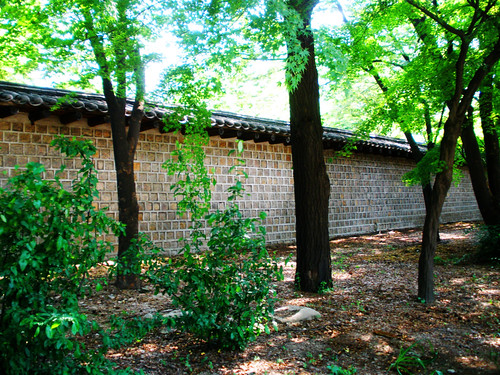
Behind Seokjojeon there is a small, forested garden. The high rises of modern Seoul are visible from most of the palace, but in the garden is was possible to get away from the city for a few minutes and just enjoy the nature.
The full set of photos (with commentary) is here.

No comments:
Post a Comment